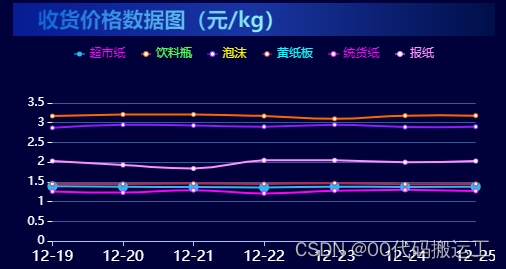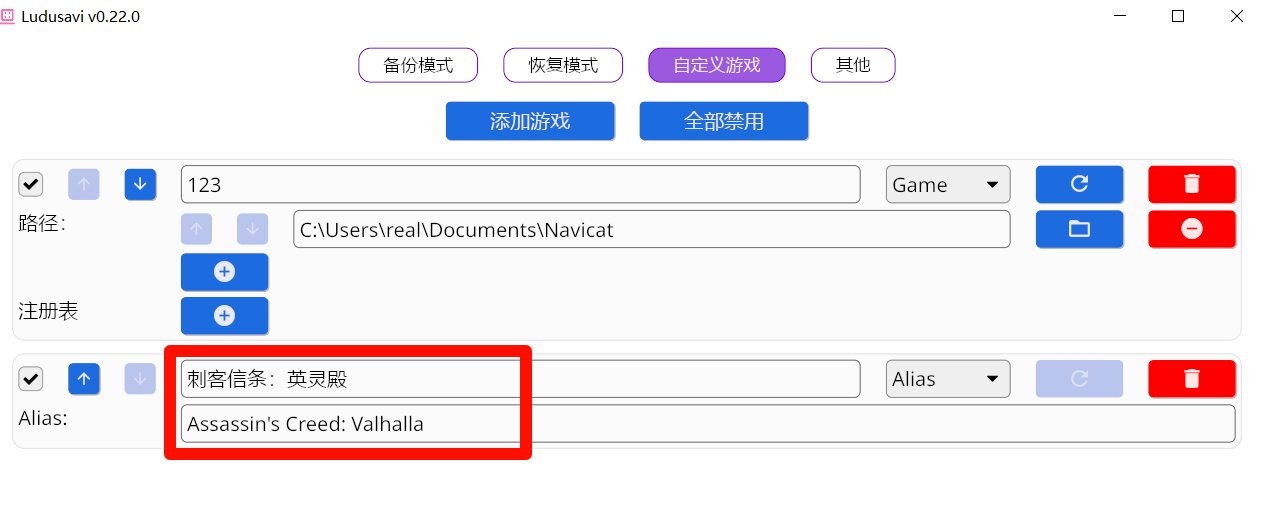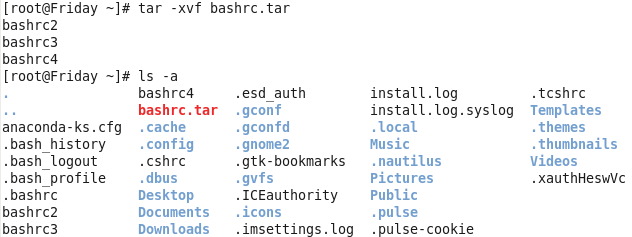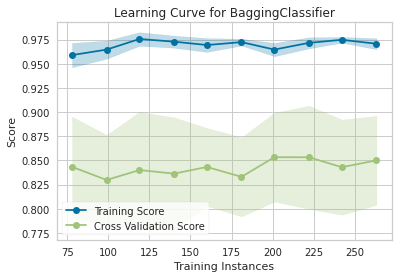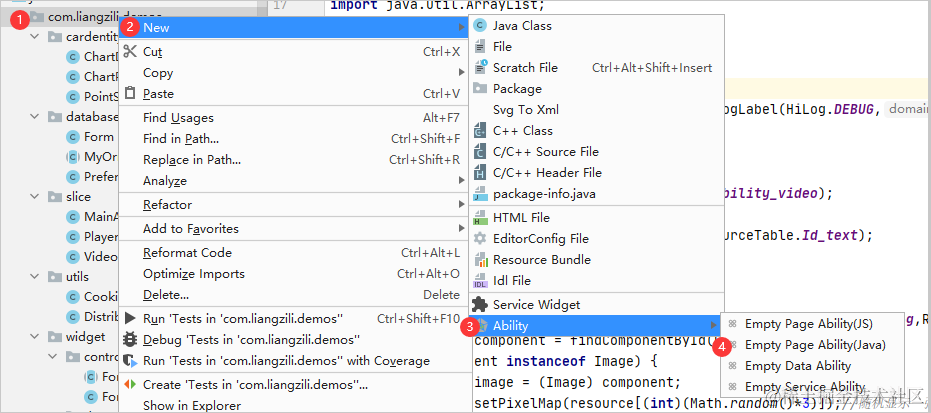BDD - Python Behave Retry 机制
- 引言
- Behave Retry
- Behave Retry 应用
- feature 文件
- 创建 step 文件
- Retry
- 运行 Behave 并生成 rerun 文件
- 重新运行失败的场景
引言
在日常运行测试用例,有时因为环境不稳定造成一些测试用例跑失败了,如果能将这些失败的测试用例再跑一遍,排除环境问题导致的不稳定,从而可以节省每天 triage 的时间。Behave 也有 retry 机制,今天就来了解一下吧。
想了解更多 Behave 相关的文章,欢迎阅读《Python BDD Behave 系列》,持续更新中。
Behave Retry
behave -f rerun 是 Behave 提供的一种输出格式(formatter),用于生成 “rerun” 格式的输出。-f rerun 选项可用于将测试失败的场景(Scenarios)输出到一个文件,然后可以使用这个文件来重新运行失败的测试。
以下是使用 behave -f rerun 的简单示例:
- 运行 Behave 并将失败的场景输出到 rerun 文件:
behave -f rerun -o failed_scenarios.txt
这个命令将运行测试并将失败的场景信息输出到 failed_scenarios.txt 文件中。生成的 rerun 文件包含了失败场景的标识符,如 features/my_feature.feature:3,这样 Behave 能够准确识别并重新运行这些场景。
- 重新运行失败的场景:
behave @failed_scenarios.txt
此命令将重新运行 failed_scenarios.txt 文件中列出的所有失败场景。
注意上面的命令有可能会执行失败因为 @ 符号异常,我们可以换另外一种方式执行,加上双引号""
behave "@failed_scenarios.txt"
Behave Retry 应用
举个简单的例子,项目结构如下:

feature 文件
创建 my_feature.feature 文件
Feature: Example Feature
Scenario: Failing Scenario
Given I have a failing step
When I perform an action
Then I should see a result
创建 step 文件
创建 my_steps.py 文件
from behave import given, when, then
@given('I have a failing step')
def step_given(context):
assert False, "Simulating a failure in the Given step"
@when('I perform an action')
def step_when(context):
print("When step executed")
@then('I should see a result')
def step_then(context):
print("Then step executed")
Retry
运行 Behave 并生成 rerun 文件
执行测试用例: behave Features/Retry -f rerun -o failed_scenarios.txt
将跑失败的测试用例输出到 failed_scenarios.txt 文件中。
PS C:\Automation\Test\bdd> behave Features/Retry -f rerun -o failed_scenarios.txt
Failing scenarios:
Features/Retry/my_feature.feature:3 Failing Scenario
0 features passed, 1 failed, 0 skipped
0 scenarios passed, 1 failed, 0 skipped
0 steps passed, 1 failed, 2 skipped, 0 undefined
Took 0m0.000s
当前目录生成 failed_scenarios.txt,文件内容列出失败 Scenario 的路径及行数。

重新运行失败的场景
执行命令 behave @failed_scenarios.txt
抛异常了:The splatting operator '@' cannot be used to reference variables in an expression
PS C:\Automation\Test\bdd> behave @failed_scenarios.txt
At line:1 char:8
+ behave @failed_scenarios.txt
+ ~~~~~~~~~~~~~~~~~
The splatting operator '@' cannot be used to reference variables in an expression. '@failed_scen
arios' can be used only as an argument to a command. To reference variables in an expression use
'$failed_scenarios'.
+ CategoryInfo : ParserError: (:) [], ParentContainsErrorRecordException
+ FullyQualifiedErrorId : SplattingNotPermitted
换另外一种方式,将 @failed_scenarios.txt 用双引号包装一下。
执行命令 behave “@failed_scenarios.txt”
此命令将重新运行 failed_scenarios.txt 文件中列出的所有失败场景。在这个例子中,由于步骤定义中的 Given 步骤故意失败,Behave 将重试执行这个场景,并且你会看到类似于以下的输出:
PS C:\Automation\Test\bdd> behave "@failed_scenarios.txt"
Feature: Example Feature # Features/Retry/my_feature.feature:1
Scenario: Failing Scenario # Features/Retry/my_feature.feature:3
Given I have a failing step # steps/my_steps.py:3
Assertion Failed: Simulating a failure in the Given step
When I perform an action # None
Then I should see a result # None
Failing scenarios:
Features/Retry/my_feature.feature:3 Failing Scenario
0 features passed, 1 failed, 0 skipped
0 scenarios passed, 1 failed, 0 skipped
0 steps passed, 1 failed, 2 skipped, 0 undefined
Took 0m0.000s


